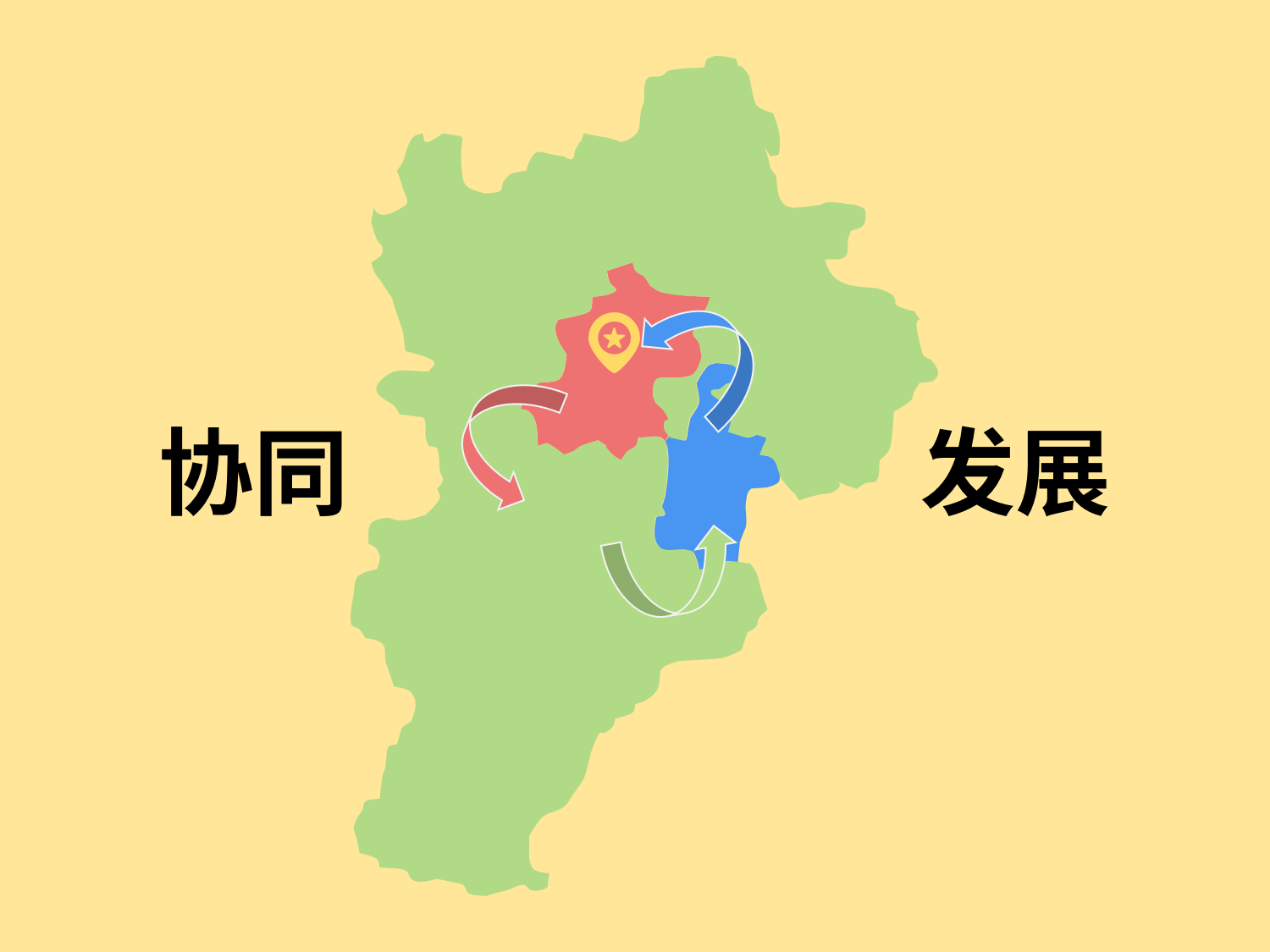Beijing’s Role in Promoting the Coordinated Development of Beijing-Tianjin-Hebei Region
2017-05-16

By Niu Xiong & Lin Bin, DRC
2017-04-05
General Secretary Xi Jinping put forward the coordinated development strategy for Beijing-Tiajin-Hebei region on February 26, 2014. Over the past three years, the development of Beijing-Tiajin-Hebei region has witnessed a coordinated, integrated and swift development in terms of scope and depth. The establishment of Xiong’an New Area in Hebei Province has called for new concepts and principles relating to regional development.
Beijing’s position relating to the coordinated development of Beijing-Tianjin-Hebei region is as follows. 1. The geographic layout of Beijing-Tianjin-Hebei region has kept intact as it was in the past. 2. The political function of Beijing stays unchanged. Beijing has served as the political center of northern China and the whole country. 3. Beijing’s humanism has always been there. The current coordinated development of Beijing-Tianjin-Hebei region cannot become materialized without the continuity and penetrability of cultural factors.
Beijing’s role relating to the coordinated development of Beijing-Tianjin-Hebei region is as follows. 1. The historical background of Beijing is changing. At present, in the context of economic globalization, Beijing’s role is on the rise with a profound impact on the nation. 2. The guiding principles for Beijing’s urbanization drive have become enriched. The government is striving to build Beijing into a new type and people-centered city. 3. Beijing’s functions and spatial structure are undergoing transformation. By taking an overall picture of Beijing-Tianjin-Hebei regional development, the government has adopted a multi-centered and network-based development mode for the governance of urban maladies. As the capital of China, Beijing is an international and domestic transportation hub and joint efforts are called to lead the integrated innovative development of Beijing-Tianjin-Hebei region, unfold its cultural confidence and the image of a big power and make new contributions to the progress of the world.














